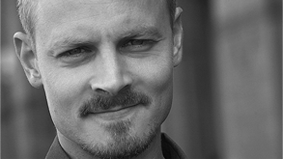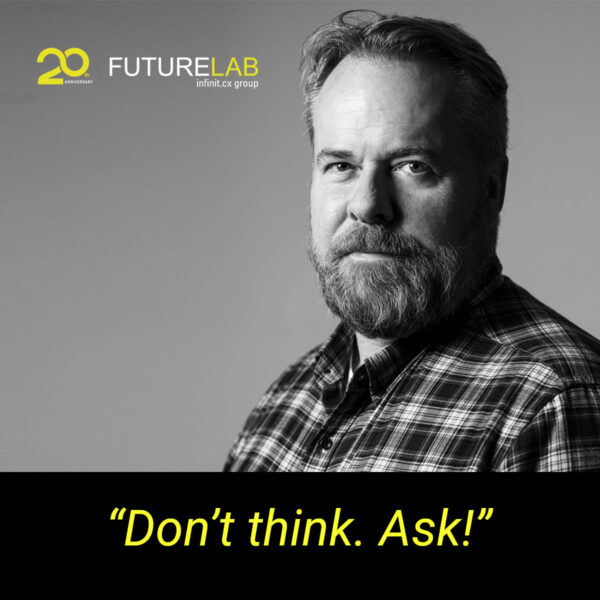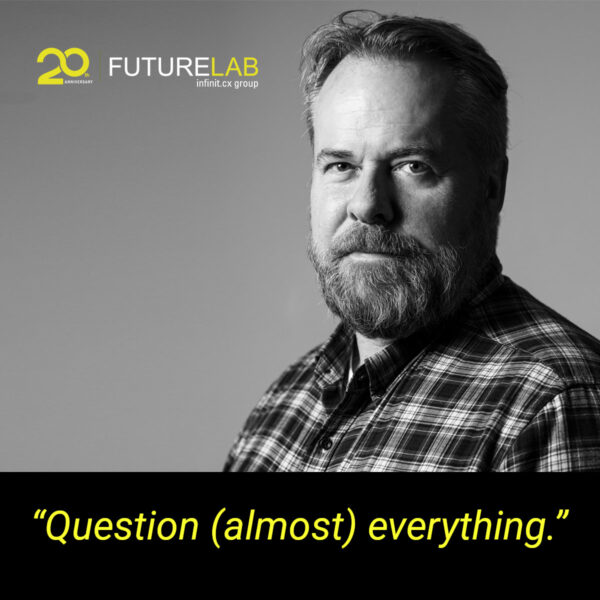So, this week saw the great, the good and the curious of UK planning come together at Google HQ for the latest Firestarters – the series of events I’m curating for Google to facilitate different thinking and debate around some of the more interesting and challenging issues facing planners.
The debate surrounding our first two events on agile planning and design thinking in planning had directly informed the subject for our third – what might the operating system for the agency of the future look like? Rather than have a series of isolated debates, we’d always intended to link the discussions from these events together, and the subject of legacy thinking and processes had come up in the debates at both previous sessions.
So to provide some provocation on the subject we had three excellent speakers: Mel Exon from BBHLabs, Martin Bailie from GlueIsobar, and James Caig from MEC. As Mel says, it’s “a hairy, humbling monster of a question”, not helped no doubt by the fact that I’d only given them 20 minutes each to tackle it. But tackle it they did, and with some aplomb.
In her talk, Mel made the point early on that agencies are almost all about culture (“their operating system a set of programs designed to encourage creativity and responsive behaviour, not codify inflexible structures and processes”), so the choice open to us is about what kind of culture we want to create or be a part of. Increasingly sophisticated social and algorithmic curation will force all marketing content to the point where it needs to become exponentially better, more useful or more entertaining. And the best marketing becomes indistinguishable from the product or service it is promoting (something she termed “Marketing Singularity”). This being the case, perhaps our aspiration should be to create marketing products and services that are so good, that people are prepared to pay for them – marketing as a profit centre. This kind of aspiration requires an operating system that is networked, able to deliver at scale through small, nimble teams with hybrid skills (I loved the Nigel Bogle phrase she used about how “big is a collection of smalls“), characterised by reductive thinking everywhere, focused on designing experiences (and not just virtual ones), and built around people rather than just technology (“Renaissance (wo)men”). I’ve embedded her slides below, but please do check out her own narrative around her excellent talk over on the BBHLabs blog.
Please accept targeting cookies to see this content
In his talk, Martin pointed out how clients don’t always value the same things as agencies do, and how outcomes have become divorced from outputs. Agencies have two masters (the client and the consumer) but only get paid by one, so perhaps an answer to agencies’ short-term addiction to client cash is the opportunity to exploit existing ideas, engage new partners, and the idea of consumers as an additional revenue stream. A more flexible approach to serve both masters.
Please accept targeting cookies to see this content
James expounded Simon Waldman’s thinking on Creative Disruption and what he calls the “incumbents dilemma” – how to really understand (and more importantly know when to react to) the trajectories of change around us (and as an example of this he talked about how an audit of his agency’s revenues had revealed 64 different streams, 42 of which didn’t exist 3 years ago). So themes such as the need to transform the core functions (“we are being asked by clients new questions that we’ve never been asked before…questions that clients themselves haven’t had to ask either”), looking for the ‘big adjacencies’, and innovating at the edges (I’ve talked a fair bit about this concept myself).
Please accept targeting cookies to see this content
Naturally enough, discussion focused on a broad range of challenges: what and how agencies charge for stuff (and how easy it is for undercharging to become the default with the new or the uncertain, simply because we want to encourage change); applying expertise in new ways; the challenges of being truly entrepreneurial; using new capabilities in ‘forward ventures’; issues around IP; retaining entrepreneurial talent (if they have a great idea, why would they not just go and do it themselves?); risking our own money (agency venture funds); exploring new partnerships (VCs, Universities); and a deeper fusing within the fabric of client companies (data and people).




